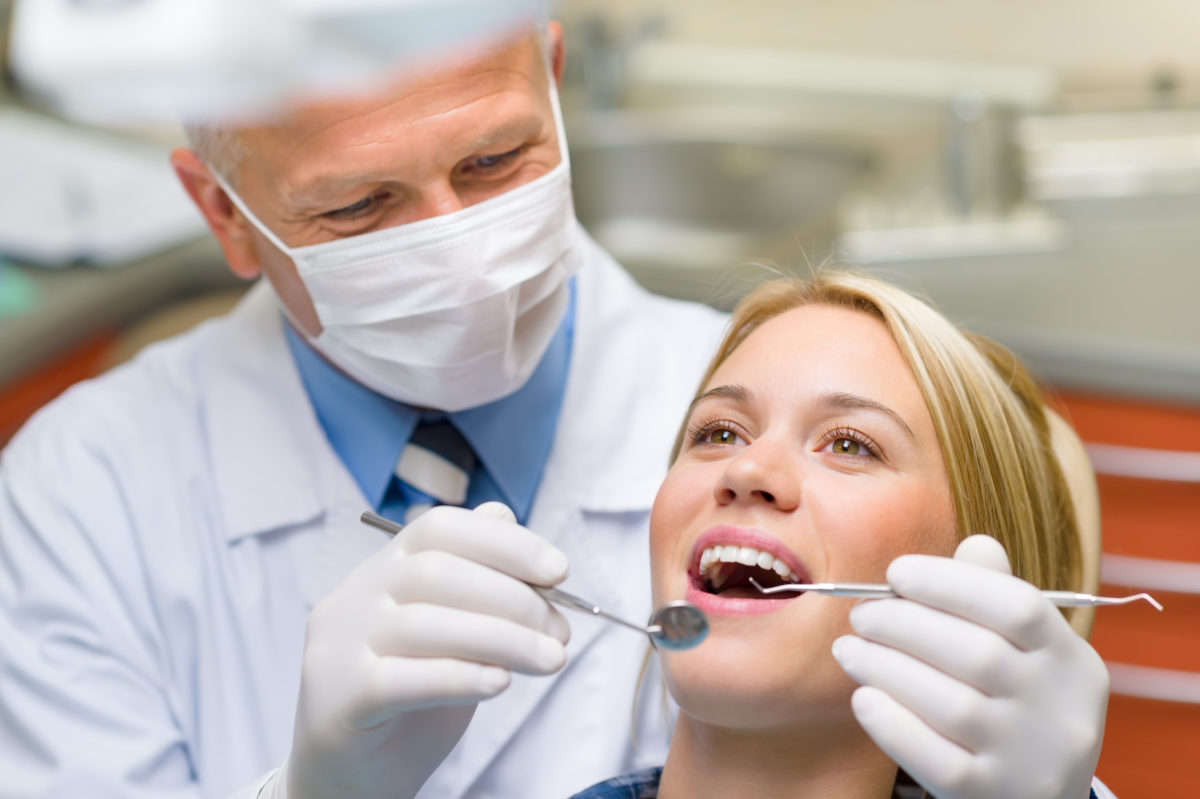The 8-Second Trick For Legacy Orthodontics
Table of ContentsThe Ultimate Guide To Legacy OrthodonticsExcitement About Legacy OrthodonticsExamine This Report on Legacy OrthodonticsTop Guidelines Of Legacy OrthodonticsLegacy Orthodontics Fundamentals Explained
In addition, we use adjustable therapy timetables, adaptable repayment alternatives and a fun, delightful experience.An orthodontist is a dental expert trained to identify, stop, and deal with teeth and jaw irregularities. Orthodontists function with individuals of all ages, from youngsters to adults.
Malocclusion, or misaligned teeth, can cause oral problems, including dental caries, periodontal condition, and challenging or painful chewing. But not everybody is born with straight teeth. If you have a bad bite or huge rooms in between your teeth, you may wish to seek advice from a dental professional focusing on orthodontic treatment.
The 15-Second Trick For Legacy Orthodontics
( Picture Credit Scores: DigitalVision/Getty Images) Orthodontists use repaired and removable oral tools, like dental braces, retainers, and bands, to alter the position of teeth in your mouth. Orthodontic treatment is for dental problems, including: Uneven teethBite troubles, like an overbite or an underbiteCrowded teeth or teeth that are as well much apartJaw misalignmentThe objective of orthodontic treatment is to improve your bite.
A healthy and balanced bite ensures you can eat, eat, and talk correctly. While you might think of orthodontists as primarily for youngsters or teens who require braces, they can fix oral issues at any age. Orthodontists participate in university, oral college, and orthodontic school. After graduation, they invest 2 or 3 years in an orthodontic residency program.
, yet not all dental professionals are orthodontists. They focus on 2 locations: Just how to correctly and safely relocate teeth How to correctly lead growth in the teeth, jaw, and faceOnce an orthodontist has actually finished training, they have the alternative to come to be board certified.
Not known Factual Statements About Legacy Orthodontics
Imbalance, or malocclusion, is one of the most common reason individuals see an orthodontist. It is hereditary and is the result of size differences between the top and reduced jaw or in between the jaw and teeth. Malocclusion brings about tooth congestion, an irregular jaw, or uneven bite patterns. Malocclusion is generally treated with: Your orthodontist affixes metal, ceramic, or plastic square bonds to your teeth.
If you have just small malocclusion, you may be able to make use of clear braces, called aligners, rather than traditional dental braces (https://padlet.com/brianmccune20176/legacy-orthodontics-oaq8ob5ieez4famy). Some people require a headwear to help relocate teeth into line with pressure from outside the mouth. After braces or aligners, you'll need to wear a retainer. A retainer is a customized device that keeps your teeth in position.
They can develop added area in the mouth without having to pull teeth. Orthodontists make use of cables, medical screws, or plates to sustain your jaw bone.
You might require to see an orthodontist if you have: Crowding or not adequate room for all of your teethOverbite, when your upper teeth come your bottom teethUnderbite, when your bottom teeth are also much forwardSpacing or concerns with gapsCrossbite, which is when your upper teeth fit behind your bottom teeth when your mouth is closedOpen bite or an upright space between your front base and upper teethMisplaced midline, when the center of your bottom and top teeth don't align Correcting a dental malocclusion can: Make biting, eating, and talking easierImprove the balance of our face and your total appearanceEase pain from temporomandibular joint disordersSeparate your teeth and make them simpler to clean, assisting stop tooth decay or cavities It's typically a dentist who first notifications misaligned teeth during a routine examination.
Some Known Factual Statements About Legacy Orthodontics

Throughout your very first orthodontic consultation, you'll likely have: An oral examPhotos taken of your face and smileDental X-raysPanoramic (360 degree) X-rays of your face and headImpressions to create molds of your teethThese tests will assist your orthodontist recognize how to proceed with your therapy. braces. An orthodontist is a dental professional who's had training to treat your teeth and jaw
Orthodontists might carry out surgical procedure, exams,X-rays,and more to assist you obtain an extra comfy, healthier smile. An orthodontist is concentrated on your bite, so something like a damaged tooth would certainly be handled by a dental expert. Orthodontists are dental professionals yet not all dental practitioners are orthodontists. Orthodontists are concentrated on your bite, or the means your teeth fit with each other, and the straightness of your teeth.
Ever before wondered how celebrities always seem to look at here have completely aligned teeth? Orthodontists are dental specialists that focus on dealing with irregularities in the teeth and jaws.
The Ultimate Guide To Legacy Orthodontics

While braces are one of the most typically acknowledged orthodontic therapy, orthodontists have a diverse toolkit at their disposal. The certain strategy selected depends upon the extent of the situation, the client's age, and private choices. These reliable dental braces use a system of brackets adhered to the teeth and connected by wires.
These detachable trays are tailor-made to progressively shift the teeth's position. In situations of slim jaws, palatal expanders can be used to create area for appropriate tooth alignment.